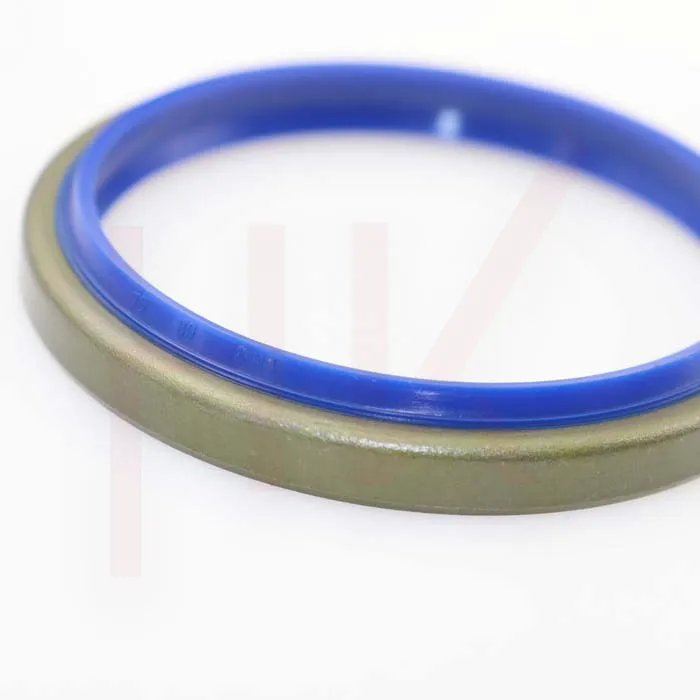Nov . 02, 2024 19:44 Back to list
hydraulic cylinder seals and wipers
Understanding Hydraulic Cylinder Seals and Wipers
Hydraulic cylinders are crucial components in various industrial applications, ranging from manufacturing and construction to automotive and aerospace. They provide linear motion and force, powered by hydraulic fluid. However, the performance and longevity of hydraulic cylinders largely depend on the integrity of their seals and wipers. Understanding these components is essential for maintaining efficiency and preventing costly failures.
What Are Hydraulic Cylinder Seals?
Hydraulic cylinder seals play a pivotal role in ensuring that the hydraulic cylinder operates effectively. They are designed to prevent fluid leakage from the cylinder, maintain pressure, and keep contaminants out. Seals are usually made of elastomeric materials, such as polyurethane, nitrile rubber, or fluorocarbon, which offer excellent resilience and resistance to wear, temperature, and pressure changes.
There are different types of seals used in hydraulic cylinders, including
- Rod Seals These are located on the piston rod and are responsible for preventing fluid from leaking out of the cylinder when the piston is in motion. - Piston Seals Found within the cylinder, these seals prevent fluid from escaping back into the reservoir, allowing the cylinder to create the necessary force to perform work. - End Cap Seals These seals seal the ends of the cylinder, preventing fluid from escaping through the end caps.
The choice of seal material and design is crucial as it affects the cylinder's performance with varying pressures, temperatures, and fluid conditions.
hydraulic cylinder seals and wipers

The Role of Wipers in Hydraulic Cylinders
Wipers, also known as scrapers, are auxiliary components that protect the hydraulic cylinder's seals from dirt, debris, and other contaminants. Located at the rod entry point of the cylinder, wipers help ensure that the rod is clean before it enters the cylinder. This function is vital because contaminants can lead to the premature failure of seals, causing leaks and reducing the cylinder's operational efficiency.
Wipers are typically made of durable materials like polyurethane or reinforced rubber. They are designed to withstand harsh environments and can take various shapes to accommodate different sealing configurations. The effectiveness of a wiper is measured by its ability to keep the rod clean while minimizing friction, ensuring smooth operation.
Importance of Maintenance
Regular maintenance and inspection of hydraulic cylinders, including seals and wipers, are critical to ensuring optimal performance. Operators should monitor for signs of wear, such as fluid leaks, reduced cylinder performance, or abnormal noises. If any issues are detected, timely replacement of seals and wipers can prevent more severe problems and extend the lifespan of the hydraulic system.
In conclusion, hydraulic cylinder seals and wipers are fundamental components that ensure the proper function and longevity of hydraulic systems. Understanding their roles and maintaining them effectively can lead to enhanced performance, reduced downtime, and significant cost savings in various industrial applications. Whether in heavy machinery or aerospace engineering, the integrity of these components is paramount for operational success.
-
TCN Oil Seal Metal Ring Reinforcement for Heavy Machinery
NewsJul.25,2025
-
Rotary Lip Seal Spring-Loaded Design for High-Speed Applications
NewsJul.25,2025
-
Hydraulic Cylinder Seals Polyurethane Material for High-Impact Jobs
NewsJul.25,2025
-
High Pressure Oil Seal Polyurethane Coating Wear Resistance
NewsJul.25,2025
-
Dust Proof Seal Double Lip Design for Construction Equipment
NewsJul.25,2025
-
Hub Seal Polyurethane Wear Resistance in Agricultural Vehicles
NewsJul.25,2025
-
The Trans-formative Journey of Wheel Hub Oil Seals
NewsJun.06,2025
Products categories
















